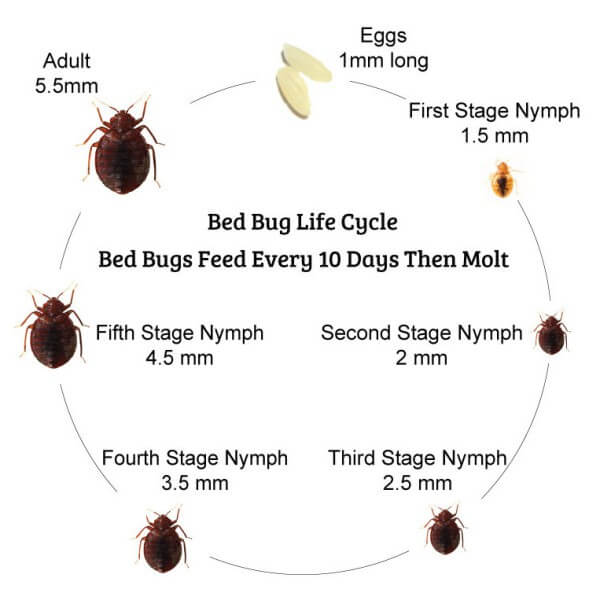Bed bugs like to live in mattresses, couches, cushions, or even on wooden surfaces, as long as they have handy access to food. They are attracted to the carbon dioxide emitted by warm-blooded animals and attack when the victim is sleeping, so that they can inject a bit of anesthesia under the skin in order to suck the blood of the unsuspecting victim.
These bites are usually found in groups or rows on skin that was directly exposed to the bedding or chair. The itching can be quite severe for those that have a hypersensitivity to the anesthesia secretion of the bug. You can check out DIY bed bug solutions to get rid of bed bugs.

The treatment for bed bug bites is usually simple, something to stop the itch and reduce the reaction, like Benedryl ointment. A more severe reaction may require a visit to the doctor for a prescription anti-inflammatory, such as Prednisone, but most people heal within a few days to weeks without medical care.
Scratching should be avoided, as this can introduce a secondary skin infection into the bites that may need to be treated with an antibiotic. There is no fear of disease transmission from bed bug bites, such as HIV or Hepatitis, as they do not seem to be able to transmit blood borne pathogens like a mosquito or tick can do.
